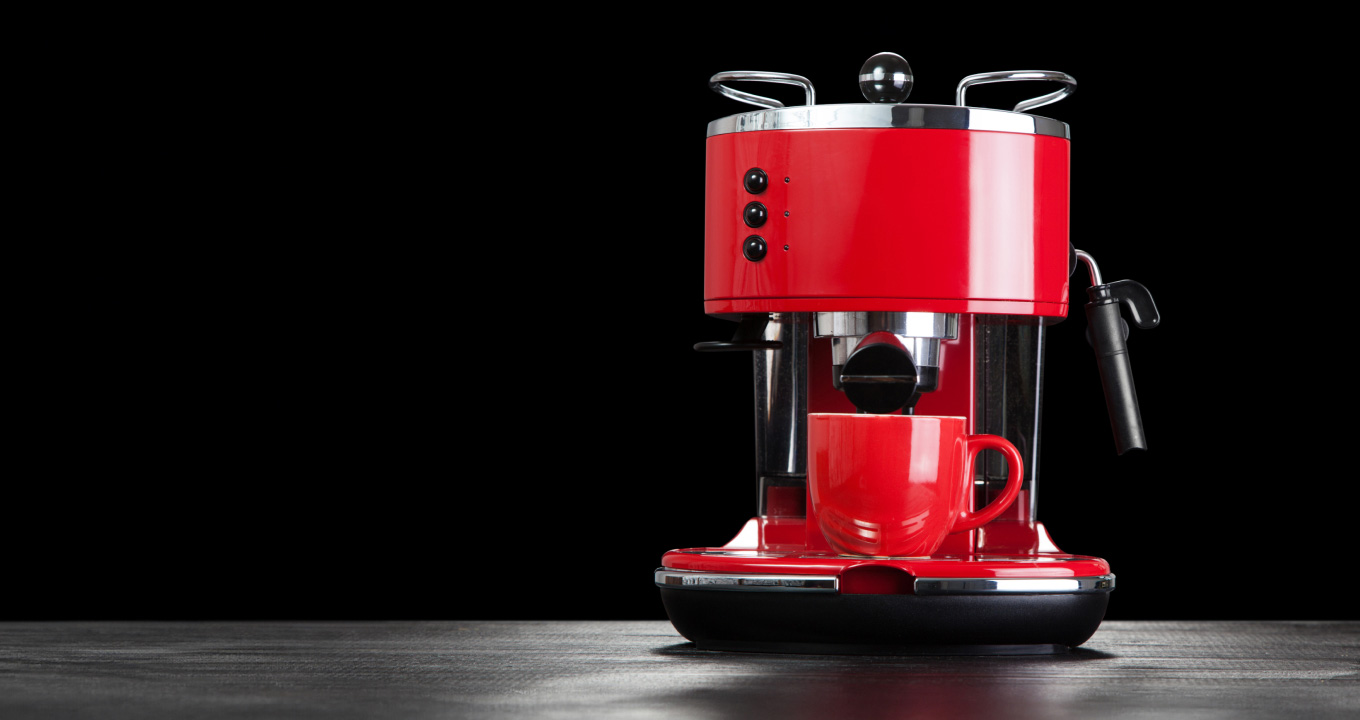Why Consumer Electronics Businesses Need a Modern PLM and QMS Solution

Throughout the consumer electronics space, consumer demands and product innovations are rapidly evolving with ever-increasing smart technology. Coupled with more product variety and availability across different geographies and channels, brands and retailers face not only increased safety and compliance regulations but more complex go-to-market launches.
In order to keep pace with the market while ensuring quality and compliance are met, product launches are successful and growing product variety and assortments are optimized, brands and retailers need a digital solution for all product-related data.
Product Lifecycle Management (PLM) is the digital foundation and single source of truth for all product-related data that empowers teams to manage every stage of a product’s life.
A Quality Management Solution (QMS) equips businesses with the tools to effectively manage faulty components used in a product so they can be identified and fixed.
Auditing Current Systems
Both PLM and QMS are backbone technologies that enable teams to put quality assured, well-designed products in the marketplace. These systems are adopted and used by the leading consumer electronics brands and retailers around the world.
PLM has evolved rapidly over the past few years, especially during the pandemic when teams were isolated and dispersed. Businesses across all industries needed to urgently embrace technology and find the tools that would drive collaboration and assist in the management of day-to-day activities of product development.
With restricted travel it was impossible for teams to visit factories or meet and audit suppliers in person. Also with Covid, came supply chain disruptions, wreaking havoc on component supply and product launches, leaving shelves across many countries empty.
Just as quickly as the world changed over these past few years, so too have many of the commonly used PLM and QMS solutions become out of date. The legacy solutions that many businesses run on are now clunky, highly customized and limiting. With years behind technology transformation and a huge gap in innovation and functionality, they are no longer able to support modern consumer electronics businesses.
Outdated solutions that are engineered focused are unsuitable for other parts of the business to use, they are difficult to upgrade, sometimes requiring a reinstallation of the entire solution just to add on a few extra features. So, whether you’re a seasoned PLM and QMS user looking to upgrade a current legacy system or a business ready to take a digital leap, finding a modern PLM and QMS solution has never been more important.

Why Invest in a Technology like Centric PLM and QMS
Centric Software® is the innovation-first PLM and QMS. It’s the end-to-end solution for modern consumer electronics brands and retailers, that works for all teams at all stages of product development. With additional cutting-edge technologies including Centric VIP visual, digital boards and a suite of mobile apps, partnering with Centric gives you a solution of longevity yet easy evolution, one that grows and expands as your business does.
Historically a PLM software for the consumer electronics industry has been geared towards the Engineering and Quality departments. Effectively, they became siloed solutions, inhibiting rollout to the rest of the organisation.
With Centric, ease of use is at the forefront of design. Built intuitively for all teams and departments to work from, the interface is configurable out of the box so you can set it to show what you want – your workflow, your teams, your day-to-day tasks and all data at whatever level of detail you choose and can easily be modified over time as business needs change.
Centric empowers teams across the entire organisation from designers and merchandisers to engineers, product portfolio management teams, sourcing, suppliers, quality and compliance, marketing and sales.
Centric’s industry-first mobile apps and VIP merchandising planning and retail buying boards is a visual collaborative way to bring data from multiple systems, into one place – achieving true digital transformation.
An end-to-end PLM solution gives the entire business one source of product truth. No matter which department you work in, access to up-to-date information is within easy reach. However, a digital solution must support both PLM and QMS.
PLM enables teams to gain visibility into suppliers. A built-in QMS builds on this to ensure traceability of components in real time, so if any aspect of a product is faulty, a Corrective and Preventative Action Plan (CAPA) can be put in place quickly. Centric’s QMS capabilities assist technical teams to swiftly manage the engineering change process to identify, track and change all products affected by a non-conforming component.
A modern PLM and QMS establishes a central place where records and history of stage-gate decisions live, making it quick and easy to track information for quality assessments and keep on top of product changes and regulation requirements.
Businesses today need to be agile to deal with issues beyond their control – like supply chain chaos, weather disruptions or a health emergency like Covid.
During uncertainty – which could be just around the corner – teams might need to pivot their strategy, expand into different markets or close brick and mortar stores to move online.
Changes and growth require a solution that can easily support scale and quick implementation. Centric Software supports flexibility and growth with our Agile Deployment Methodology:
- Adopt a 100% out-of-the-box (OTTB) solution that requires no code and is easily configurable depending on your business needs
- Benefit from Software as a Service (SaaS) so there are no upfront costs
- Ability to start using your PLM and QMS system right away
- Simplified system integration and data migration
- Easy upgrades that don’t require a re-install
Conclusion
The decisions consumer electronics companies make today affect what kind of business they’ll be able to be in the future. Stop investing in archaic and restricting systems with no longevity which provide a short shelf life and limited value.








